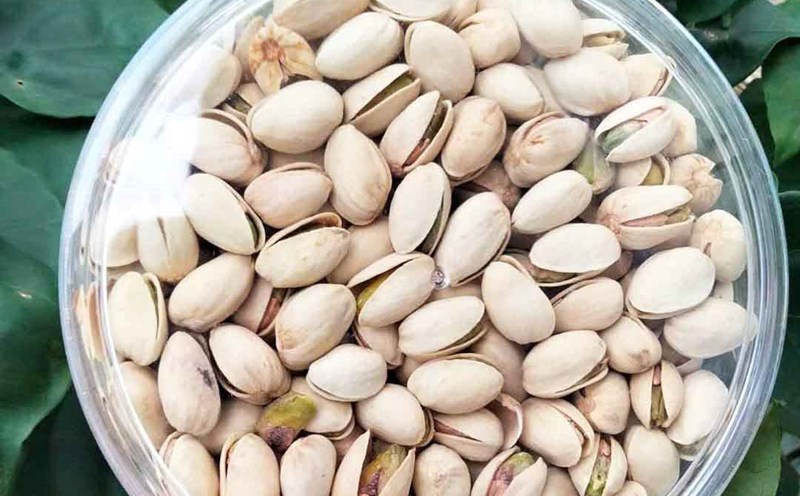According to the World Health Organization, one of the important factors that makes the anchovies high in anchovies is not only their natural ingredients but also on the way of processing.
Meanwhile, salmon rich in omega-3 and vitamin D, anchovy can outperform the amount of calcium if they eat both bones.
A study by the United Nations Food and Agricultural Organization shows that 100g of dried anchovies can accommodate up to 972mg of calcium, while the same amount of salmon only provides about 15-20mg of calcium if not bone.
Unlike salmon, anchovies can be processed to eat the entire body, including soft bones, which contain the highest amount of calcium. This means that eating anchovies will help absorb almost all the amount of calcium in the fish.
The processing method helps retain the optimal amount of calcium including drying, salty rim, fried or cooked soup. These methods do not lose the bone but still retain nutrition. In particular, the way to soak in salt water and dry in the sun is recommended by the World Health Organization as a way to help maintain maximum mineral content, including calcium and phosphorus.
Studies also show that the absorption of calcium from natural foods such as anchovies will be more effective than the supplement of calcium from the drug, because it is accompanied by micronutrients that support absorption such as vitamin D, magnesium and protein.
Anchovies can provide higher amounts of calcium than salmon if properly processed as eating the whole baby, especially when retaining the soft bone. This is an appropriate, economical and effective nutrition option, especially for those with high calcium needs like children and the elderly.











